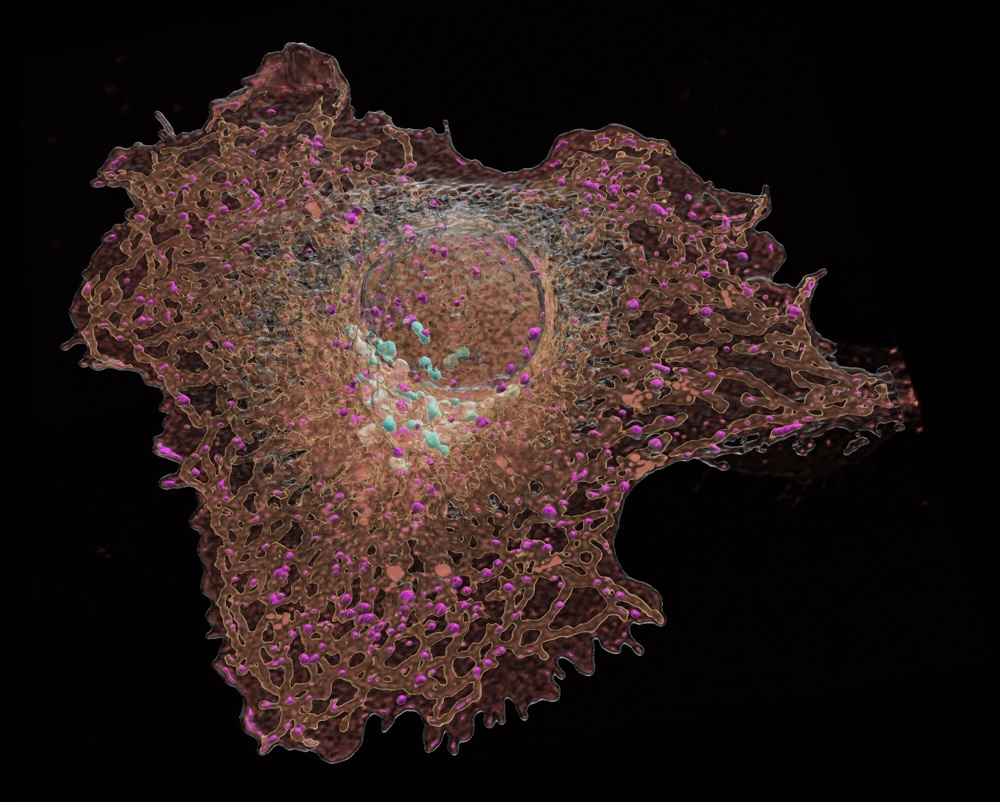A new study led by Prof Karen Duff, Dr Naoto Watamura, and Dr Martha Foiani (UK DRI at UCL), with Prof Takaomi Saido (Riken Center for Brain Science, Japan), reveals insight into the early stages of toxic tau protein build-up in diseases like frontotemporal dementia (FTD) and Alzheimer’s. The research, published in Nature Neuroscience, could help develop new therapies targeting the earliest stages of these conditions.
What was the challenge?
The accumulation of tau protein is a key feature of several neurodegenerative conditions, including FTD and Alzheimer’s. However, what causes this build-up, and which form of tau is most harmful to brain cells is not well understood. One challenge is the lack of good research models to better understand how these diseases start and progress. In this study, the team set out to investigate the earliest stages of disease, using a new mouse model.
Our new models will aid in our understanding of the underlying causes of neurodegeneration, and in the development of new therapeutics.
Centre Director
What did the team do and what did they find?
The researchers developed a mouse model expressing human-like versions of tau, but with genetic mutations linked to FTD. They found that the mice had abnormal tau in the hippocampus and entorhinal cortex, brain regions involved in memory and navigation. However, they did not develop the larger clumps of tau, known as fibrils, that are often seen in more advanced stages of disease.
Even without fibrils, the researchers found that the accumulation of abnormal tau was linked to damaged neurons, loss of synapses – the connections between brain cells – and signs of abnormal behaviour in the mice. This suggests that damage to cells can occur before tau starts to form fibrils, which were previously thought to be an essential step in how tau instigated damage to the brain.
What is the impact?
This research highlights the significance of targeting the right form of tau and indicates that smaller forms of tau may contribute more to disease symptoms than the larger fibril structures. The study unlocks key insights into the earliest stages of disease, and could aid in the development of new therapies.
Prof Duff explained:
“By using new models that closely mimic what occurs in human disease, we have shown that brain damage, synapse loss, and cognitive decline can happen even before tau forms into larger clumps. This underscores the need for earlier diagnosis, so that disease can be detected before the damage starts to occur. Our new models will aid in our understanding of the underlying causes of neurodegeneration, and in the development of new therapeutics.”
Reference: Watamura, N., Foiani, M.S., Bez, S. et al. In vivo hyperphosphorylation of tau is associated with synaptic loss and behavioral abnormalities in the absence of tau seeds. Nat Neurosci (2024). https://doi.org/10.1038/s41593-024-01829-7
Molecular mechanisms
Discover how UK DRI researchers are revealing the intricate processes maintaining health and driving neurodegeneration

Banner image: Build-up of toxic tau protein in a mouse model. Credit: Naoto Watamura and Martha Foiani, Duff Lab.

